Europe - Charming Krems
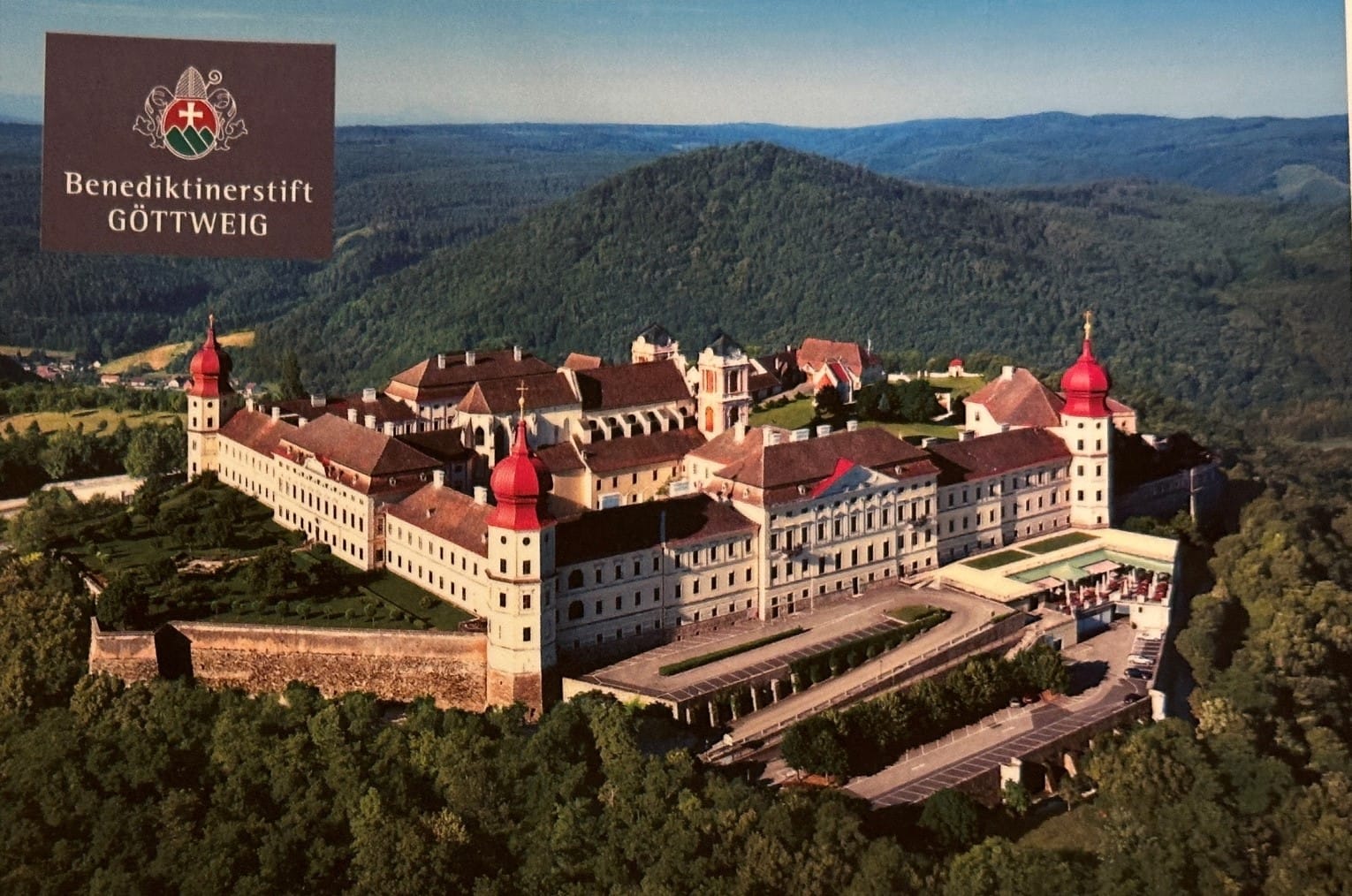
Music is synonymous with the Danube. In Budapest we enjoyed a magical concert in St Stephen’s Basilica; while in Bratislava, on board our ship, a small group performed Slovakian songs and dances. The violinist played an instrument owned by his family for 300 years, made by a student of Stradivarius.
In Vienna, we attended a wonderful concert by The Vienna Residence Orchestra in a sumptuous concert hall.
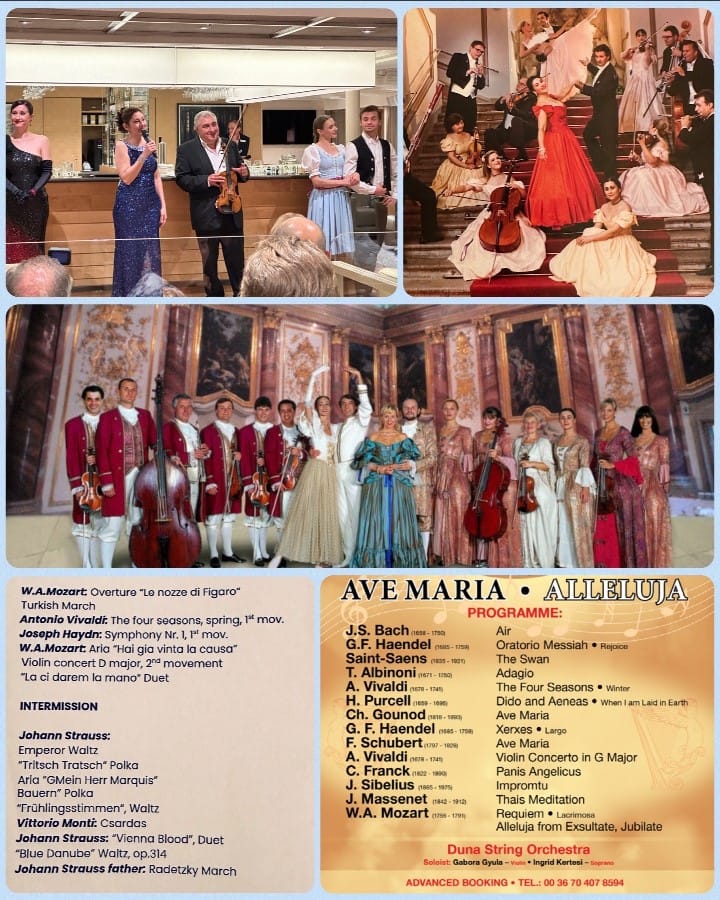
The next port of call on our Danube cruise was Krems in Austria, a quaint university town at the southern end of the Wachau Valley, surrounded by terraced vineyards, along the Danube River. During the 12th century, Krems was even more important than Vienna for its iron, salt, grain and wine trade.
Today the grapes grown on the sunny southern slopes produce some of the finest Riesling and Veltliner wines in the world. The area is also known for its abundant and flavoursome apricots.
We wandered into town along pristine streets lined with pastel-coloured elegant buildings. Lots of art and galleries around too. We wondered why?
In Austria there is a policy mandating large allocations of art funding to towns with a prison and in Krems there is a prison on the edge of town.
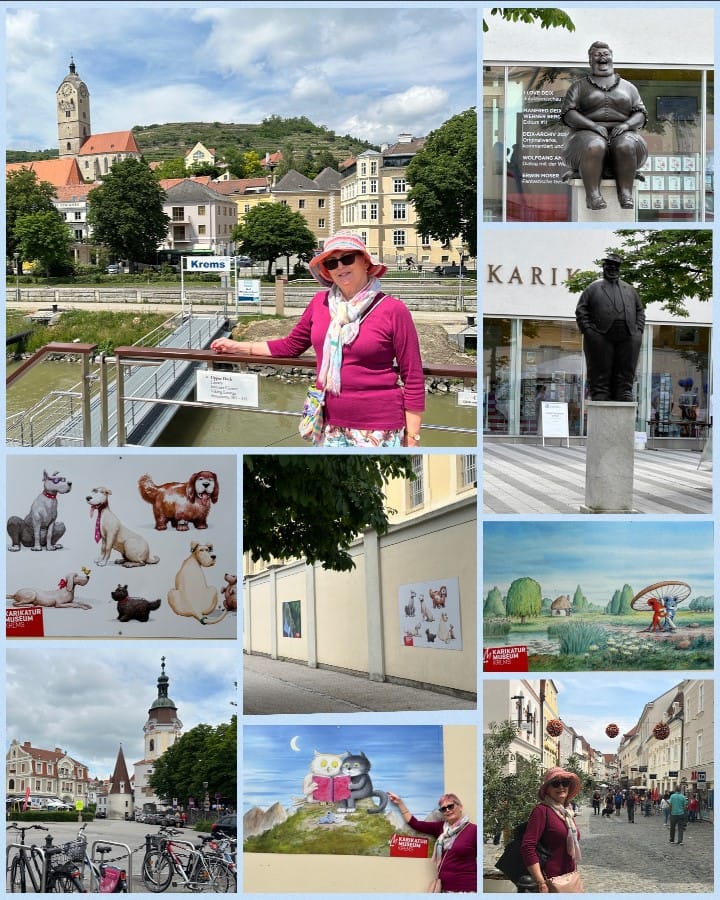
Our morning tour took us to Gottweig Abbey, a Benedictine monastery, perched above Krems often referred to as the Austrian Montecasino, with its sweeping views across the Wachau Valley.
The Abbey was founded in 1083 - the current baroque building, constructed after a several fires in the early 18th century, was overseen by the architect Johann Lucas von Hildebrandt (who by the way designed The Belvedere).
Wine has been produced at the abbey continuously since 1083 and no better way to start our day than with a sparkling apricot wine - it was only 9am - but who cares, it’s wine o’clock somewhere in the world!
A World Heritage Site since 2001, today it not only attracts tourists from all over the world, it is a spiritual centre for pilgrims with around 30 monks in residence. A further 100 staff maintain the grounds and extensive vineyards.
The Abbey is known for its library housing an impressive collection of 150,000 books as well as manuscripts, rare coins and antiques - unfortunately not open to the public. The imperial apartments adjacent to the church, was built for wealthy travellers and royalty, to rest before continuing their journey. No wonder the stunning fresco and baroque staircase is one of the largest in Europe, with a ceiling fresco by Paul Troger dating back to 1739.
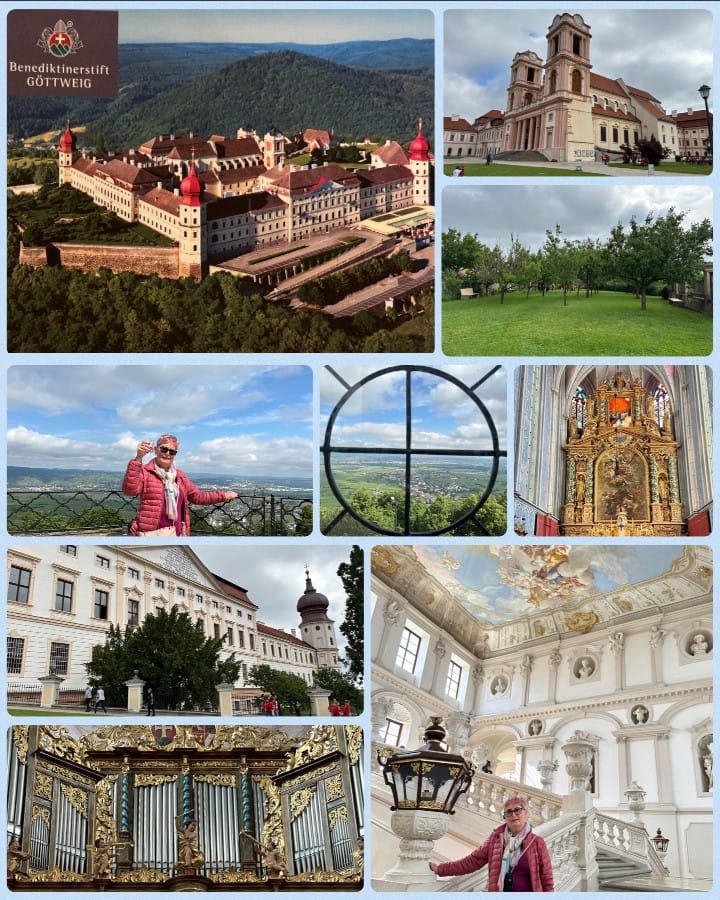
Our meals on board, were matched the region, so in Krems we enjoyed a healthy salad for lunch and luscious apricot tart.
In the evening an Austrian selection of sausages, cold cuts with bagels and tasty cheeses, after a perfect afternoon cruising through the Wachau Valley, one of the most picturesque sections of this part of the Danube, the banks lined with small towns and ruined castles, along with the terraced vineyards snaking up the hillsides.
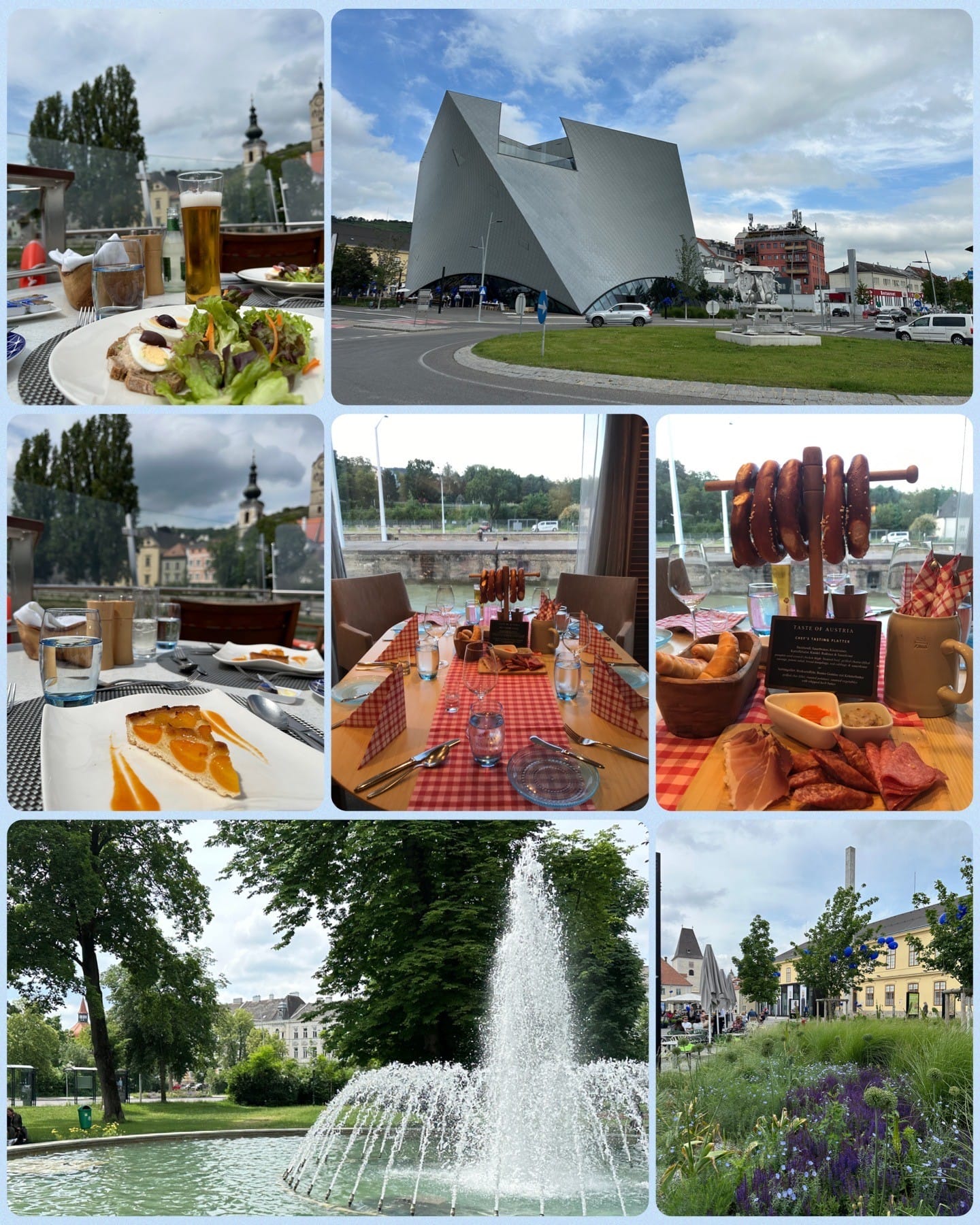
As an outstanding example of riverine landscape, physical beauty, cultural importance and agricultural cultivation which dates back to 800CE, the area is listed as a UNESCO World Heritage site.
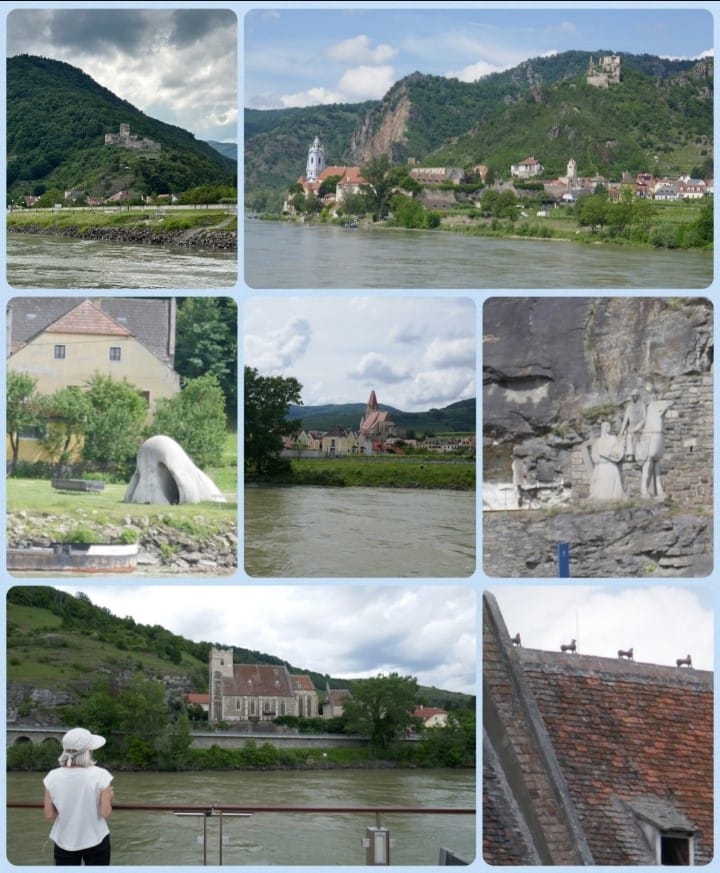
Our afternoon cruising the Wachau Valley on the Danube River was a sheer delight.
Our penultimate port is Linz, look out for a post on this city - the home of Linzer Torte.
